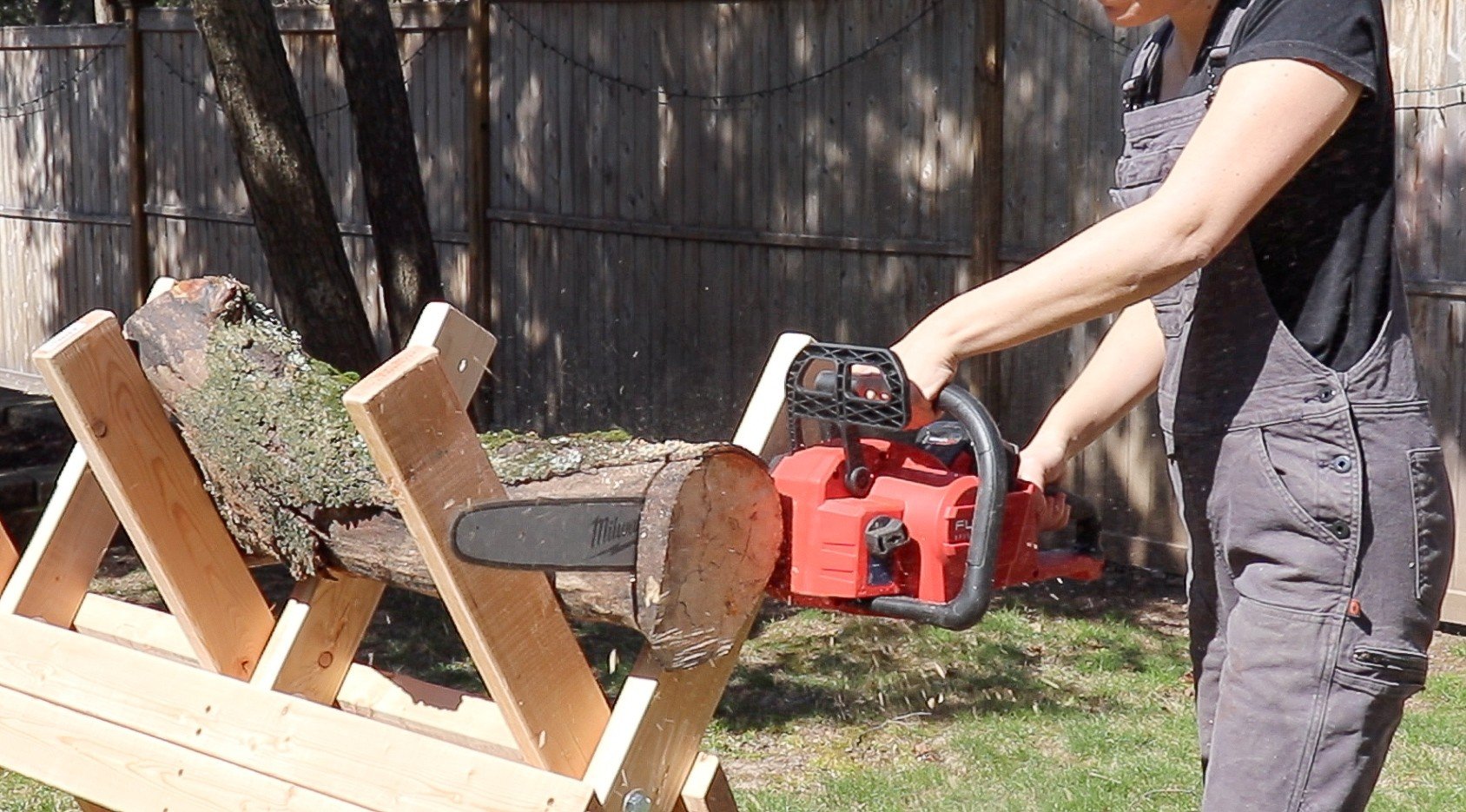When it comes to how to cut down a tree, one of the most important factors to consider is your chainsaw selection. Choosing the right chainsaw not only impacts your cutting efficiency but also plays a crucial role in ensuring your safety while working. With so many options available, it can be overwhelming, but understanding key features will help you make an informed decision.
First, consider the size of the tree you plan to cut. For small to medium-sized trees, a lightweight electric chainsaw could be the perfect fit. These are easy to handle and are ideal for beginners. However, for larger trees or tougher wood, you may want to opt for a heavier-duty gas-powered chainsaw. These models offer more power and can handle bigger jobs, but they require more strength and experience to operate safely.
Next, look at safety features. A chainsaw with an automatic chain brake is essential; this feature stops the chain instantly if the saw is kicked back. Additionally, a chainsaw with an adjustable chain tensioning system will help keep your chain in its optimal position, reducing the risk of accidents. Don't overlook the importance of anti-vibration handles, which contribute to better control and reduce fatigue during extended use.
Lastly, always choose a chainsaw that feels comfortable in your hands. It’s vital that you can grip and maneuver it confidently while cutting. Make sure to read reviews and, if possible, test out a chainsaw before making a purchase. Remember, the right tools make all the difference when learning how to cut down a tree safely and effectively.
Essential Safety Gear for Tree Cutting
When it comes to how to cut down a tree, safety should always be your top priority. Proper safety gear can make all the difference between a successful tree cutting experience and a trip to the emergency room. Before you start, ensure you have the right equipment to protect yourself from injury.
First and foremost, a sturdy helmet is crucial. Tree cutting can involve falling branches and debris that could cause head injuries. Look for a hard hat designed specifically for tree work, preferably one that includes a face shield. This added protection can help prevent serious injuries from flying debris.
Next, invest in a pair of high-quality safety goggles or glasses. These will shield your eyes from sawdust, small branches, and other potential hazards. Your eyes are an essential asset, and protecting them should never be overlooked when learning how to cut down a tree.
Additionally, proper hand protection is essential. Heavy-duty gloves will give you a solid grip on your chainsaw while also protecting your hands from cuts and scrapes. Choose gloves that are reinforced in key areas to enhance durability. Lastly, don’t forget about your legs! Chainsaw chaps are an important piece of gear that can protect you from cuts in case of an accidental chain kickback. Wearing sturdy, steel-toed boots can also provide necessary foot protection during your cutting tasks.
Steps for Safe Chainsaw Operation
Before you even start the saw, familiarize yourself with the equipment. Read the user manual for your chainsaw and ensure you know how to operate it properly. Check the fuel and oil levels, and make sure the chain is sharp and well-tensioned. A well-maintained chainsaw is not only more effective but also safer to use. Always remember to check for any obstacles around the cutting area and plan your escape route in case the tree falls unexpectedly.
When you are ready to begin, hold the chainsaw firmly with both hands and maintain a stable stance to avoid accidents. Start the chainsaw on the ground, and allow it to warm up before making your first cut. Always keep the saw at waist level and avoid cutting above shoulder height. This will give you better control and visibility of your cutting line. Never rush—patience is key when you're learning how to cut down a tree safely.
Finally, when you're finished cutting, turn off the chainsaw and inspect your work area. Make sure that the tree has fallen safely and that there are no remaining hazards. Properly store your chainsaw and clean up any debris to avoid accidents later. Following these steps will ensure that you operate your chainsaw safely and successfully, allowing you to master the art of tree cutting with confidence.
Tips for Proper Tree Cutting Techniques
When exploring how to cut down a tree, knowing the proper techniques is crucial to ensure safety and effectiveness. First and foremost, always wear the appropriate safety gear. This includes a hard hat, eye protection, ear protection, and cut-resistant gloves. Safety should be your top priority before stepping into the woods with a chainsaw.
Next, assess the tree and its surroundings carefully. Look for power lines, nearby structures, and other trees that might be affected by the fall. Planning the direction in which you want the tree to fall can prevent serious accidents and damage. Make sure to clear a path for your escape, ideally 45 degrees away from the direction of the fall.
Understanding the cutting techniques is also key when learning how to cut down a tree. Start with a notch cut on the side of the tree facing the direction you want it to fall. This notch should be about one-third of the way through the tree. Then, move to the opposite side of the tree to make a back cut. The back cut should be slightly above the bottom of the notch, ensuring that the tree has a 'hinge' to control its fall.
Lastly, as the tree begins to lean, be prepared to move quickly. Your escape route should be clear and free of obstacles. Keep your chainsaw at the ready, and never turn your back on the falling tree. By following these tips, you'll be better equipped to approach the task of how to cut down a tree safely and efficiently.
